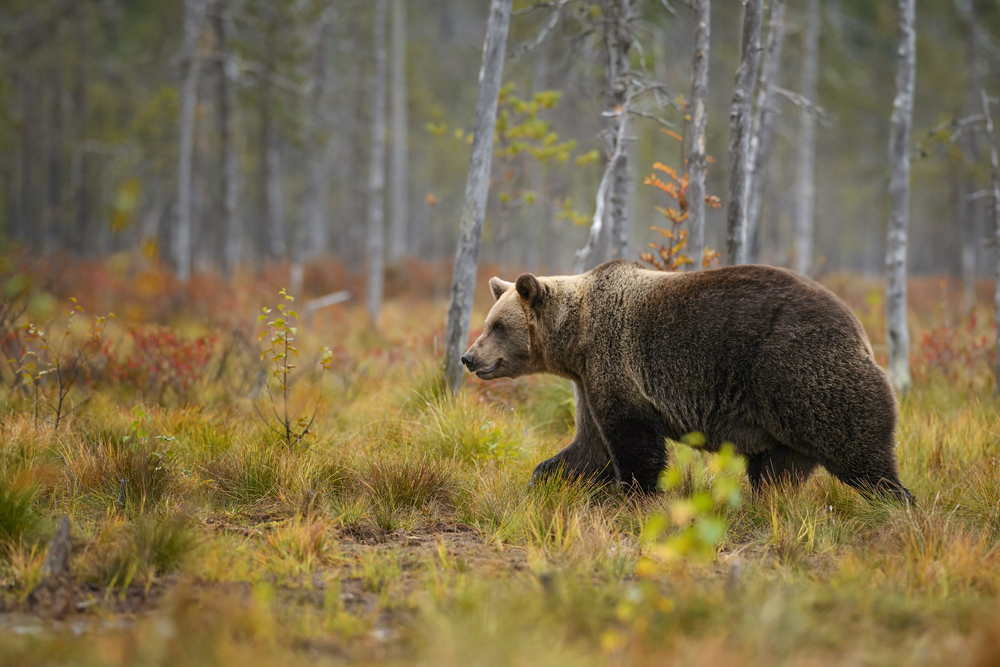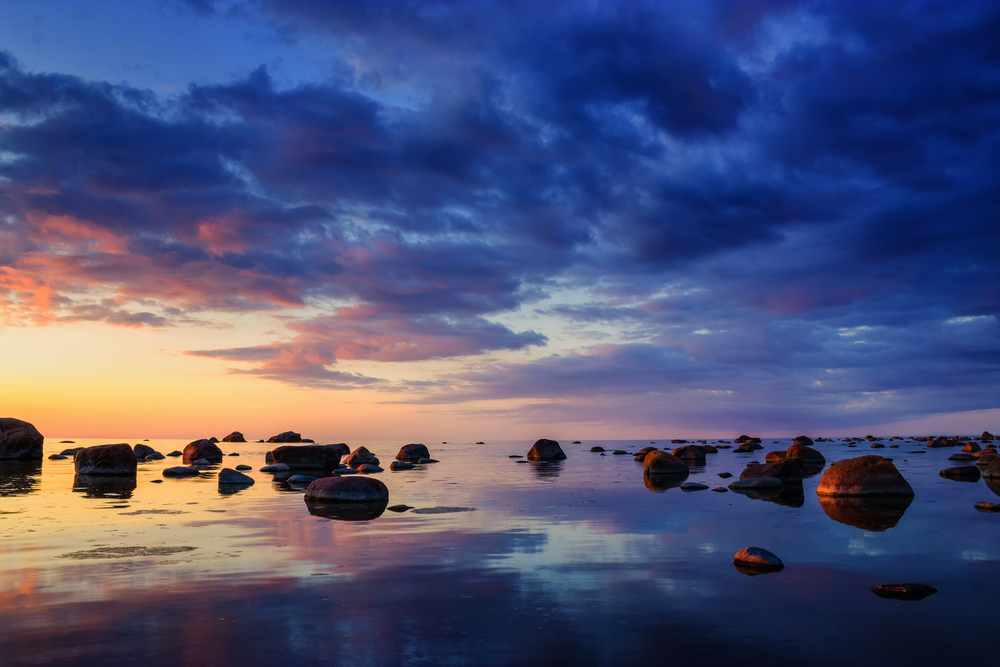Vilsandi Overview
Vilsandi National Park, or Vilsandi Rahvuspark in Estonian, is located on the western coast of Saaremaa Island in Estonia. Covering approximately 93 square miles (240 square kilometers), it is a remarkable sanctuary of biodiversity and scenic beauty. The park encompasses a stunning array of landscapes, including coastal zones, over a hundred small islets, rocky beaches, sand dunes, and marshlands, as well as patches of lush pine and spruce forests.
One of its defining features is its proximity to the Baltic Sea, with the coastal terrain often shaped by powerful winds and waves. The iconic Vilsandi Lighthouse, a symbol of the park, stands on the main island of Vilsandi and offers breathtaking views of the surrounding archipelago.
The vegetation in Vilsandi National Park is diverse and adapted to the coastal environment. The maritime climate supports a unique mix of salt-tolerant plants and forest species, including sea buckthorn, juniper, and heathers.
Additionally, the wetlands and bogs host a variety of mosses, sedges, and other flora, creating a vibrant palette of greens and earthy tones across the landscape. The area’s floral richness is particularly evident during the spring and summer months when wildflowers bloom abundantly.
Vilsandi National Park is a haven for wildlife, especially migratory birds, making it one of the most renowned bird-watching destinations in the Baltic region. The park is a key nesting and stopover site for numerous bird species, including barnacle geese, common eiders, and various waders such as redshanks and avocets.
Visitors might also catch a glimpse of white-tailed eagles soaring majestically above the coastal cliffs. On land, mammals such as foxes, hares, and roe deer are common, while the surrounding waters are home to grey seals, which can often be spotted basking on rocky outcrops.
A highlight for many visitors is exploring the archipelago by boat or kayak, navigating between the islets and observing the rich birdlife and seal colonies. Vilsandi itself, the park’s namesake island, is accessible via a causeway during low tide or by boat, offering hiking trails that lead through pristine landscapes and to the historic lighthouse.
Cycling and nature walks on Saaremaa Island also allow visitors to engage with the park’s serene environment. Guided tours, especially bird-watching excursions, are popular, providing insights into the park’s ecology and history.
Vilsandi National Park faces several conservation challenges, including the impact of climate change on its coastal and marine ecosystems and the pressure from tourism. However, the park’s management has seen notable successes, particularly in preserving bird habitats and protecting seal populations. Ongoing conservation efforts focus on balancing the needs of wildlife with sustainable visitor access, ensuring that this natural treasure can be enjoyed for generations to come.















































































